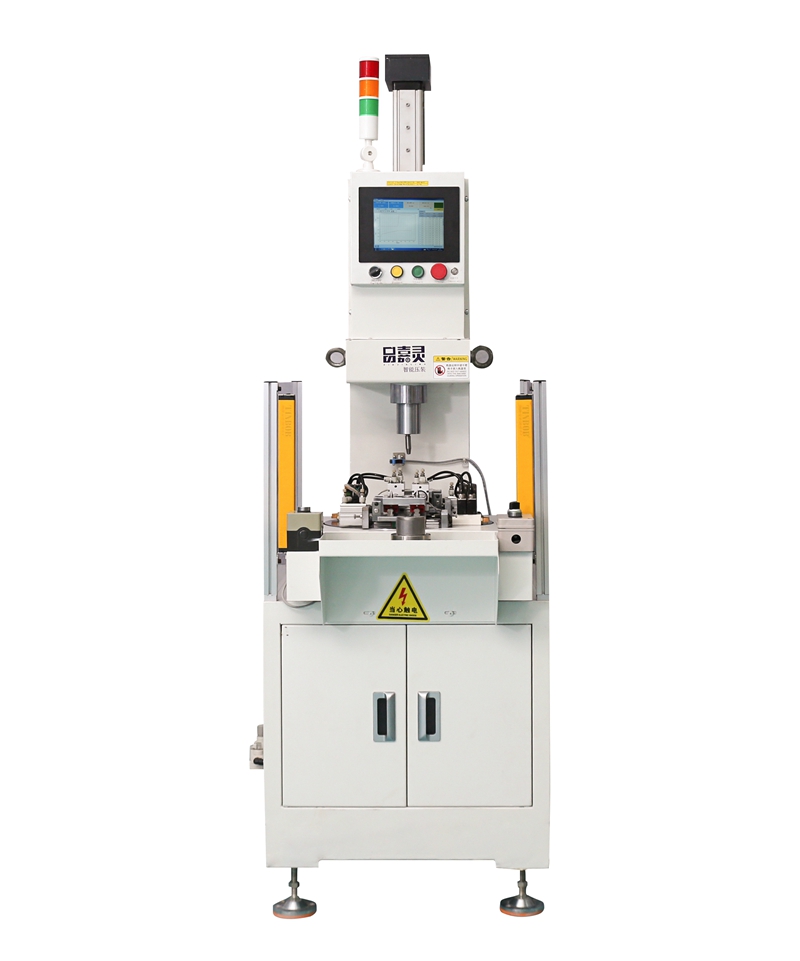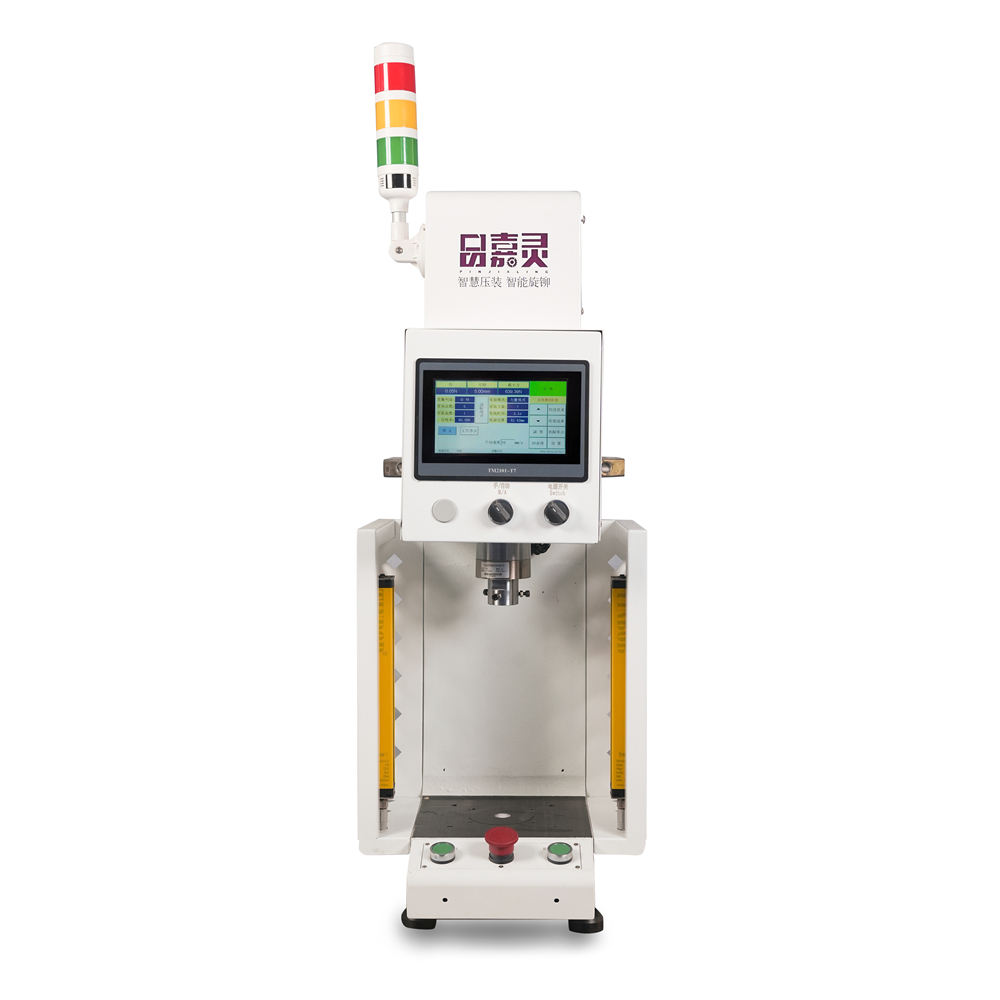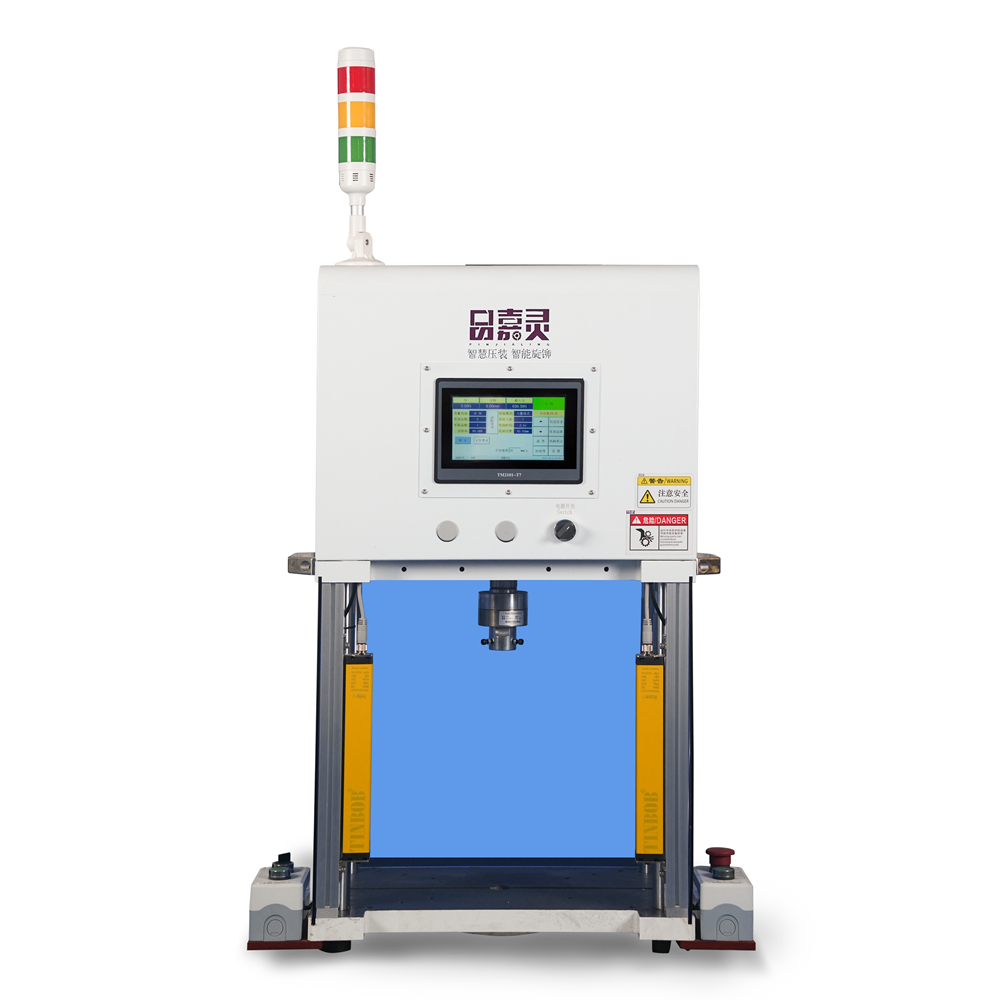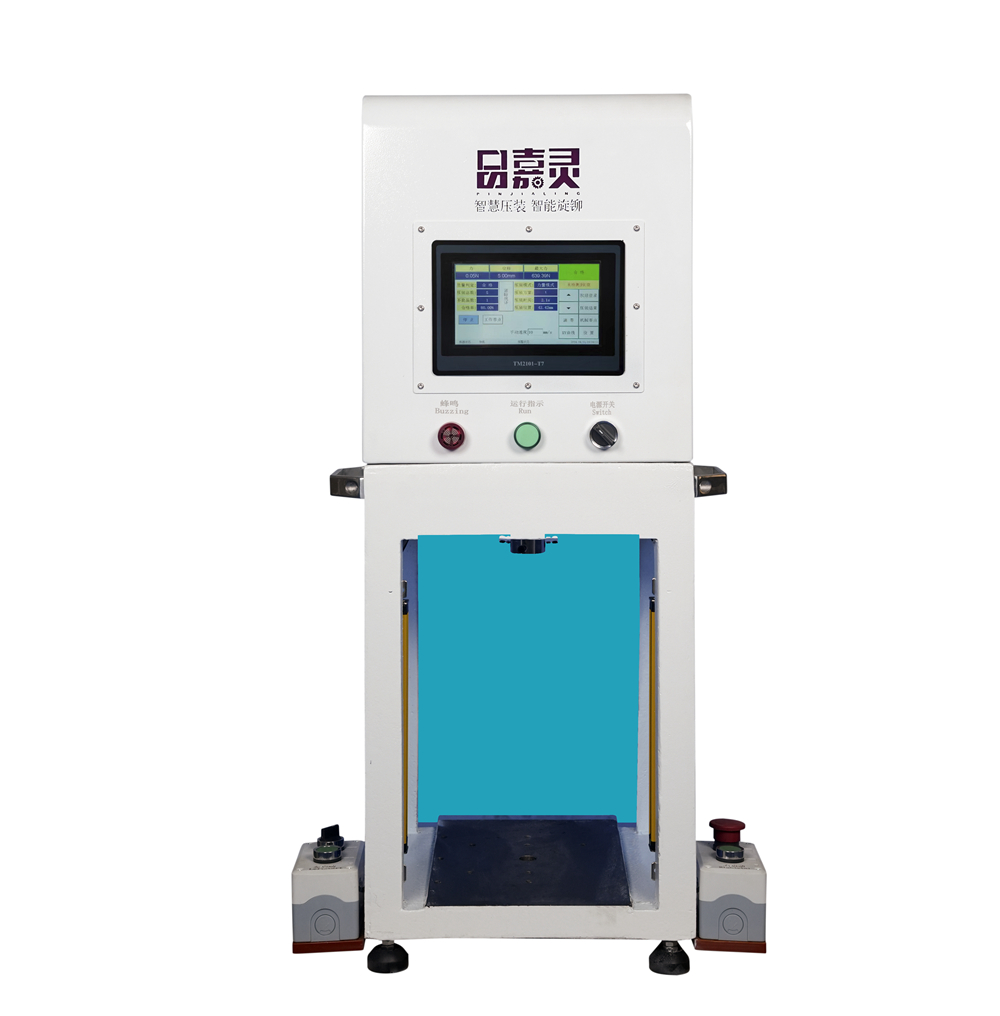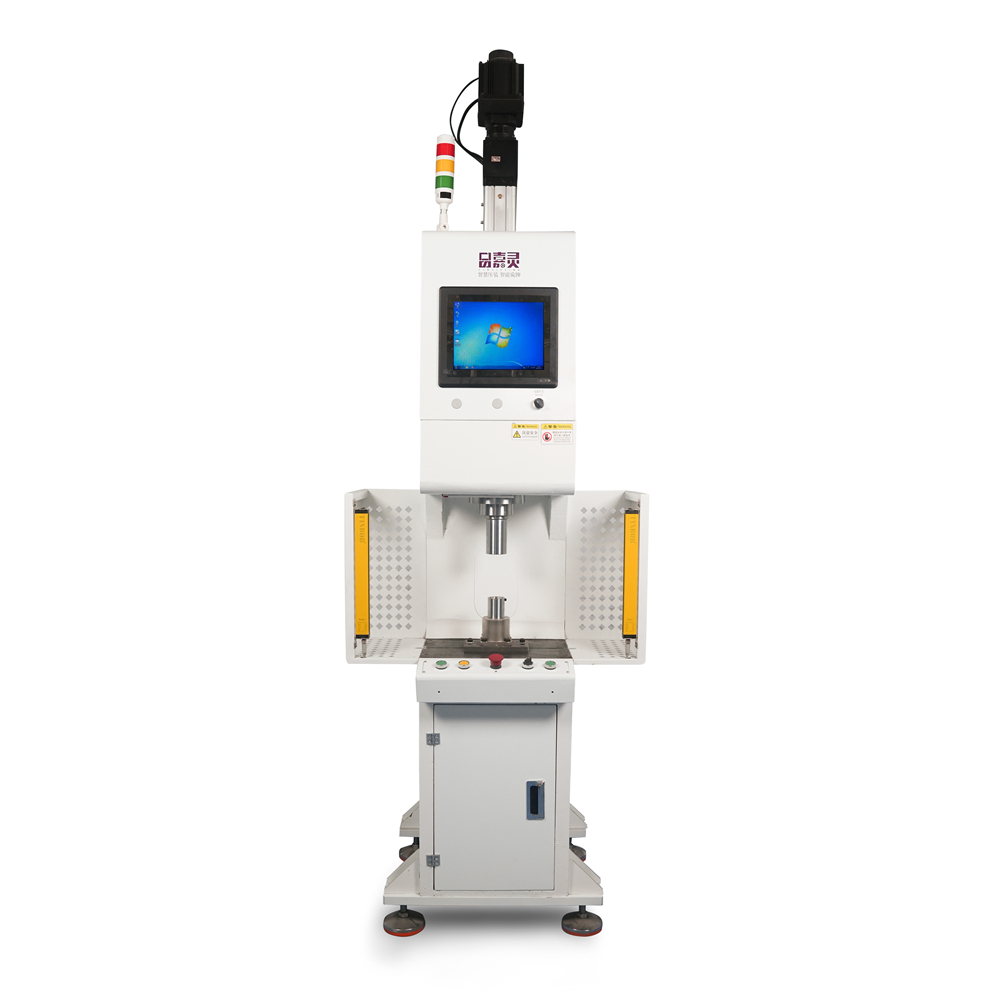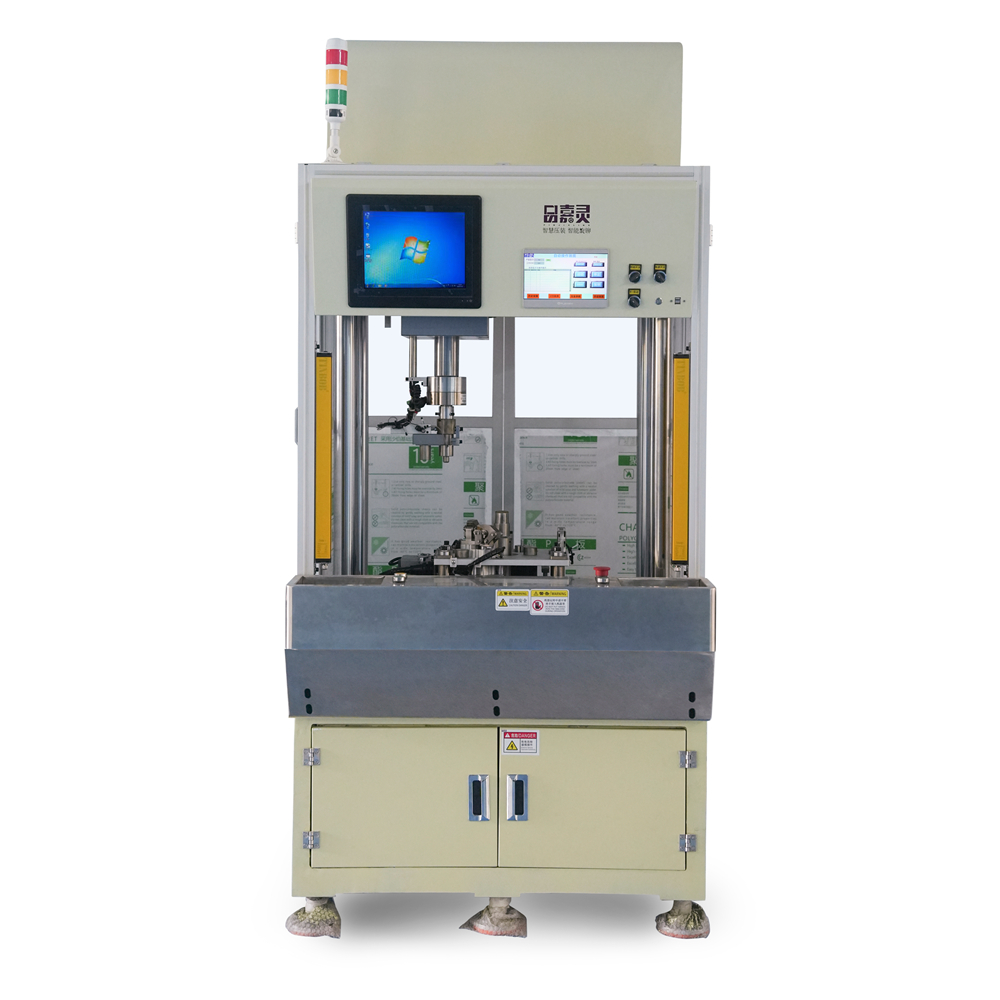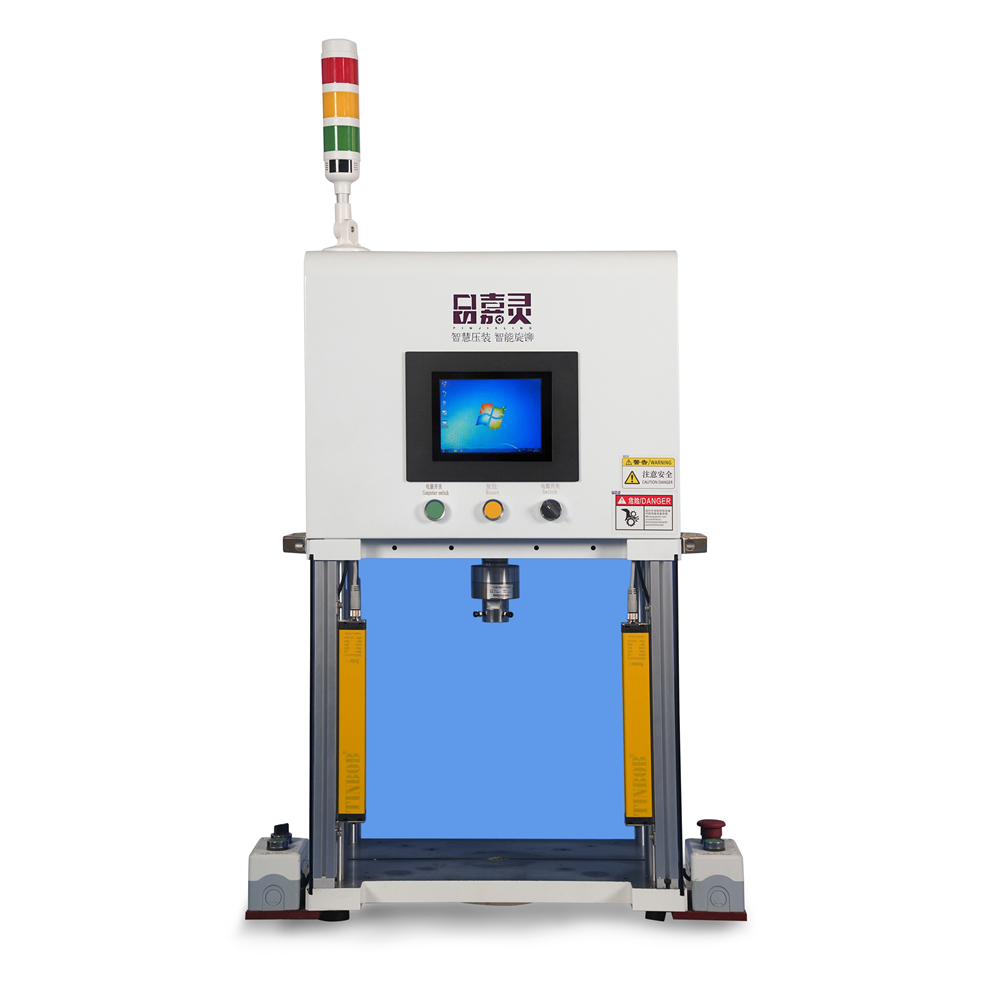What is a linear servo actuator?
As an important mechatronic product, the linear servo actuator plays a key role in modern industry and technology. However, the specific working principle and characteristics of this device may still be a mystery to many people. This article will introduce the linear servo actuator in detail from four aspects.
1. Basic definition and operation principle
A linear servo actuator is a device that can perform a linear movement between two points. Its working principle is to convert the energy generated by the motor into torque, and then the torque makes the mechanism move. Specifically, the linear actuator consists of an AC or DC motor, a gear, and a screw or ball screw with a drive nut. When the motor rotates, the screw also rotates, forcing the nut to move along the axis, thereby converting rotary motion into linear motion.
2. Structure and Composition
The structure of an LM Guide usually includes components such as ball screws, LM Guides, aluminum profiles, couplings, motors and sensors. Ball screws can efficiently convert rotary motion into linear motion with low frictional resistance, so they are widely used in various industrial equipment and precision instruments. LM Guides are used to support and guide the linear motion of the actuator, ensuring its stability and accuracy. In addition, motors and sensors are key components for precise control and feedback.

3. Performance Characteristics
Servo Linear Actuators are known for their high precision, low inertia and zero backlash. The high precision ball screw drive and low inertia design enable the actuator to perform well in highly dynamic environments (high speed, acceleration and deceleration, frequent back and forth reversal). Zero backlash ensures the accuracy of the actuator in positioning control. In addition, the modular structure makes the actuator easy to install and maintain, while providing a variety of configuration options to meet different application requirements.
4. Control and Communication
The control system of the linear servo actuator usually adopts advanced servo control technology to achieve precise control of speed and position. By integrating brushless DC control electronics and various communication protocols (such as CAN 2.0B and RS-485), the actuator can efficiently exchange data and receive instructions with external controllers. These features give the actuator a significant advantage in applications that require high-precision control and complex trajectories.
In summary, the linear servo actuator is a powerful and widely used mechatronic product. By understanding its working principle, structural composition, performance characteristics and control method, we can better understand and apply these devices and contribute to the development of modern industry and technology.
- Customized Servo Press Machine for Complex Material Forming Processes
- Customized Servo Press Machine for Complex Material Forming Processes In the realm of...
- Servo Press Machine Manufacturer After Sales Support and Service
- In the manufacturing sector, the reliability and efficiency of machinery play a crucial role in...
- Desktop Servo Press Machine Integration with Automated Production Lines
- The integration of desktop servo press machines with automated production lines has emerged as a significant...
- Servo Press Machine Industry Standards and Compliance Requirements
- The servo press machine industry has established a variety of standards and compliance requirements crucial for manufacturers...
- Servo Press Machine Control Systems and Their Impact on Productivity
- Servo press machines have emerged as significant assets in various manufacturing sectors due to their...
- Horizontal Servo Press Machine Cycle Time Reduction Strategies
- In a manufacturing setting, improving efficiency is paramount, and one way to achieve this is...


